Surf Spots in California
The Golden State is filled with surfing destinations fit for all experience levels. From Southern California to way up North, there is no shortage of epic spots to shred some waves.
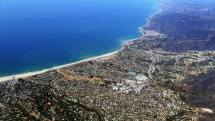
The Golden State is filled with surfing destinations fit for all experience levels. From Southern California to way up North, there is no shortage of epic spots to shred some waves.
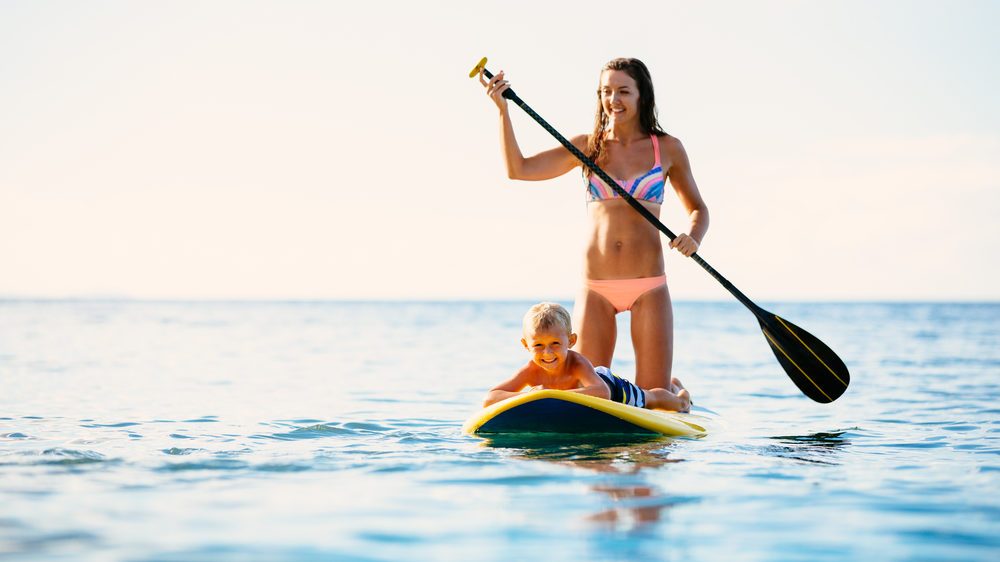
If you’ve never tried stand up paddle boarding, you’ve come to the right place! Our techniques make this awesome sport super learnable.

Surfing Enjoy the thrill and pleasure of surfing under different winds and with large varieties of surfboards. With a large and uninterrupted coastline along with top equipment gear, above standard safety measures and top crew and guides, even an absolute beginner can bask in the thrill and excitement of beating and riding the waves as high as 20 to 30 meters.

Windsurfing Lessons Understanding that windsurfing is finally coming of age, we at Shaka seek to play an active role in its spread. We offer specialized courses of all levels from age 7 to even 75 in a completely methodical step by step way amidst complete safety and oodles of fun.
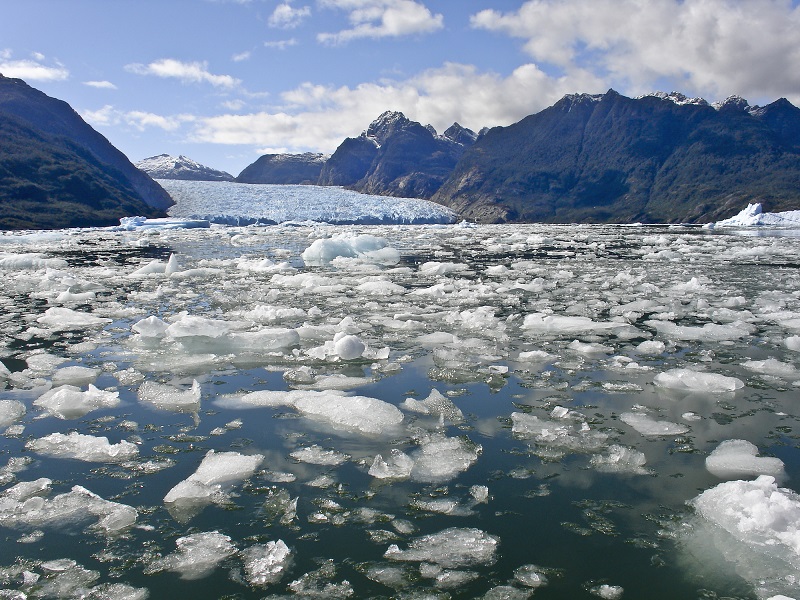
Yes it will. As the swell approaches a coastline and comes into contact with the ocean floor, the wave will start to slow down. Some of the waves’ energy will be lost through contact with the ocean floor. The shallower the water becomes the slower the waves move. As waves slow down they squash together. (i.e. the waves shorten their wave period.) This process is know as shoaling and will result in increasing wave height. The steeper the ocean floor gradient, the more pronounced the wave’s height will start to increase.
The increase of wave height begins to occur at depths of around one half of the wavelength. So, Great surf instructors will teach surfing and sup students that: modern satellite observations available beginning in 1990s provide more accurate sea level data and global coverage, This decade-long satellite data set shows the sea level has been rising at a rate of around 3 mm yr. much higher than an average during our previous 1/2 century.
Beach tide gauge measurements also show this observation, and will indicate similar rates occurred in some earlier decades. Our satellite observations and hydrographic observations clearly show our sea level is not rising uniformly all around our world. Notice that some regions rates are up to many times the global mean rise, although in other regions our sea level is falling. Very large variation in rates of ocean level changing is also shown from hydrographic measurements.
The rates of sea level rise are really due to non uniform changes with our temperature and with salinity, also related to changes in the ocean circulation. Surfing instructors and surf students also sup instructors and sup surfing students will need to know that the action of the ocean bed slowing our bottom part of the wave that causes our wave to break. All gently sloping approaches cause the bottom of a wave to drag and results in the top of our wave prematurely overtaking the bottom of the wave, resulting in the wave breaking in deeper water. These mushy waves won’t be steep and will lack suck. When you’re learning to surf, this type of wave are what you surf. Surfing will change with the rising ocean level, because there will be different heights along the coastline, bringing new surf spots and eliminating old ones.
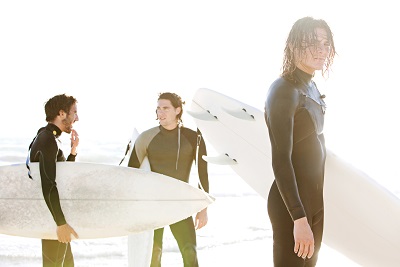
 The best Surf instructors know why it is important to people that use the sea for their livelihood. Professional and fun l fishermen use knowledge of the tides along with tidal currents to improve catches. Depending on the types of fish and water depth in their area, fish may concentrate during ebb or flooding tidal currents. In some places, strong tidal currents concentrate bait with smaller fish, attracting predator fish. Also, knowledge of the tides is of interest to recreational beachgoers and sup surfers.
The best Surf instructors know why it is important to people that use the sea for their livelihood. Professional and fun l fishermen use knowledge of the tides along with tidal currents to improve catches. Depending on the types of fish and water depth in their area, fish may concentrate during ebb or flooding tidal currents. In some places, strong tidal currents concentrate bait with smaller fish, attracting predator fish. Also, knowledge of the tides is of interest to recreational beachgoers and sup surfers.
All surfers and standup paddle boarders need to understand that Piloting ships through shallow water, and intracoastal waterways along with estuaries means knowledge of the time and height of the tides and the speed and direction of the tidal currents. Always critical to sailing ships because they took advantage of tides and currents to maneuver properly. Knowing about tides and currents is still critical because now the newest and biggest ships are very much larger than old sailing ships. Modern depths and widths of canals and ports in which they sail, combined with increased boating traffic leaves little room for mistakes. Now Real-time observation systems are being used in many major ports now so captions and operators are safe.
Surfers and surfing instructors are concerned with tides, water heights along with tidal currents also. Knowledge of tidal mixing of near-shore waters, where pollutants are removed and resources are mixed. Tidal currents move animals and plants from breeding areas in estuaries out to deeper waters. Surfing and sup surfers can and should take oceanography classes at a local community college to understand why tidal fluctuations work, and to better understand the circulation of the ocean and its relationship to world climatic changes.
Most coastal areas but with a few exceptions, have two high tides and two low tides every lunar day, and that is of vital importance to surfing and standup paddelboarding. By now everyone knows the concept of the 24-hour solar day, the amount of time it takes for a s site on Earth to rotate from a point under the sun to the same point under our sun. Inversely, a lunar day is the amount of time taken for a site on the Earth to rotate from a point under the moon to the same site under the moon. Different from a solar day, however, each lunar day is 24 hours and 50 minutes. Our lunar day is always 50 minutes longer than a solar day as our moon revolves around the Earth along the same direction that the Earth rotates around its axis. Oddly , it takes the Earth an extra 50 minutes to catch up with our moon
As the Earth rotates through 2 tidal “bulges” each lunar day, our coastal areas have two high and two low tides every 24 hours and 50 minutes. High tides will occur 12 hours and 25 minutes apart. And also it takes 6 hours and 12.5 minutes for the water at the shore to go from high to low, or from low to high.

Biking Our beach side is not only terrific for all types of water sports but we offer other exciting adventurous sports as well. Take your family our for an exciting biking trail with options to choose from beginner level to extreme advanced level including mountain biking.
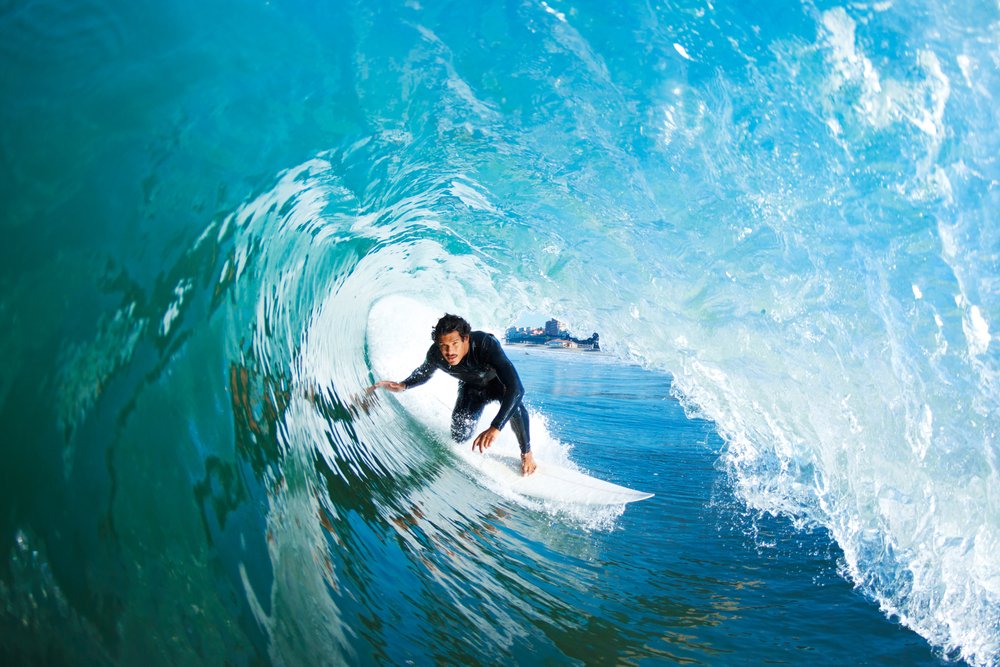
Ok, we’re biased! But we believe that southern California has some of the best surf spots in the world. That’s right — good old SoCal! And even within SoCal, we think Malibu has some premier locations. Here’s a primer on some of the the best surf spots in Malibu, California.

Enjoy the thrill and pleasure of surfing under different winds and with large varieties of surfboards. With a large and uninterrupted coastline along with top equipment gear, above standard safety measures and top crew and guides, even an absolute beginner can bask in the thrill and excitement of beating and riding the waves as high as 20 to 30 meters.
Read more “SYDNEY: NEW FRIENDS, NEW BOARDS AND ENDLESS WAVES”

Windsurfing as an adventurous sport and recreational pastime first peaked in 1980s only to fall. However, with all sorts of advancement, the sport has suddenly caught the fancy of all those looking for unique adventure and fun.